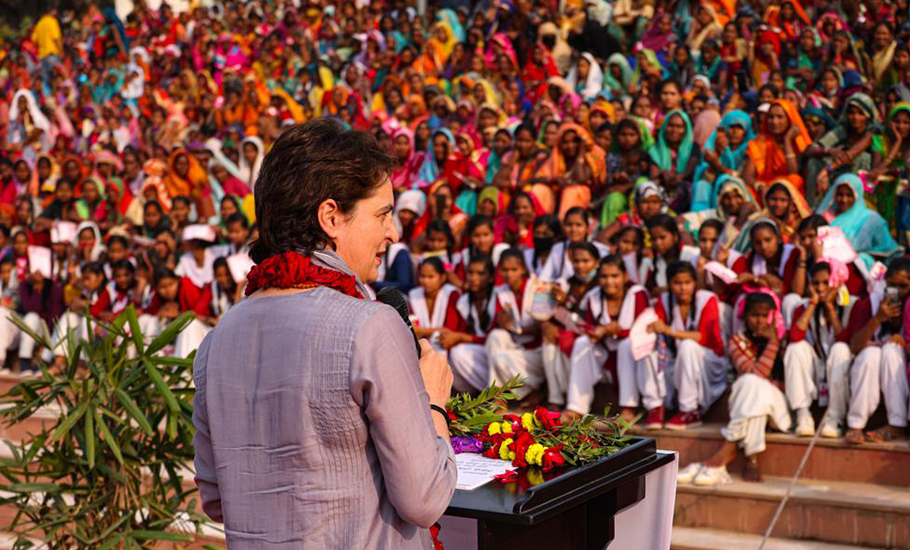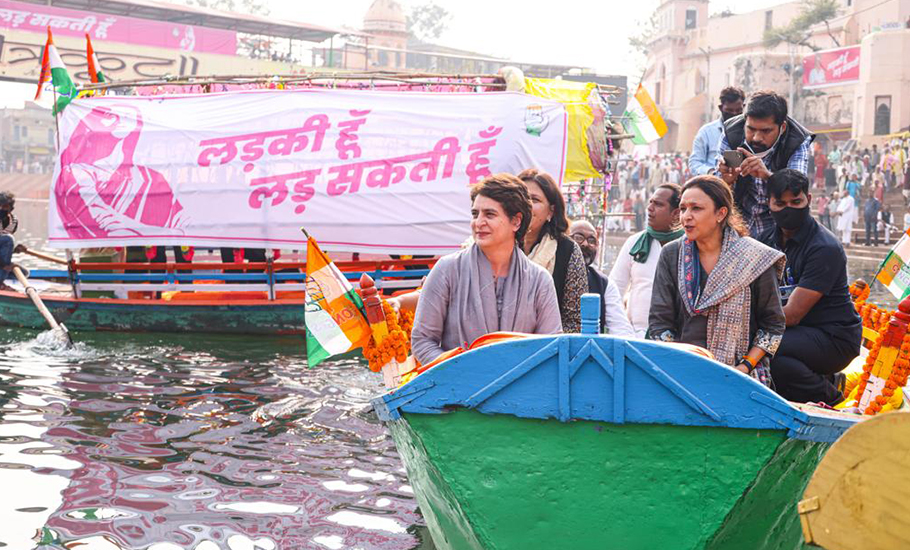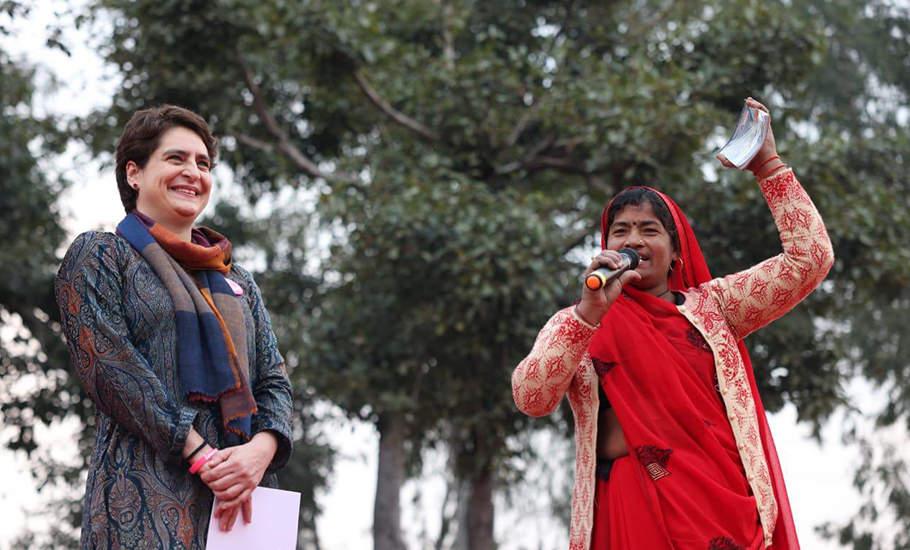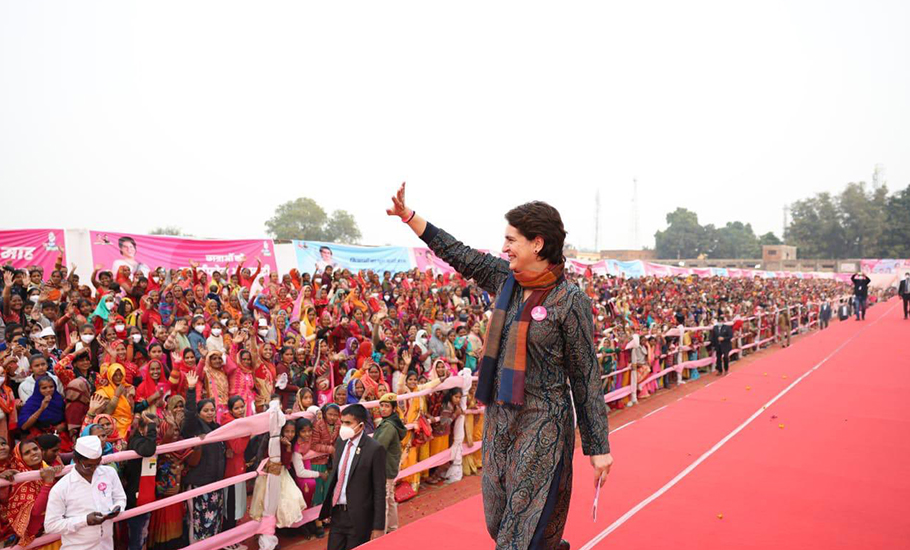
- Home
- India
- World
- Premium
- THE FEDERAL SPECIAL
- Analysis
- States
- Perspective
- Videos
- Sports
- Education
- Entertainment
- Elections
- Features
- Health
- Business
- Series
- In memoriam: Sheikh Mujibur Rahman
- Bishnoi's Men
- NEET TANGLE
- Economy Series
- Earth Day
- Kashmir’s Frozen Turbulence
- India@75
- The legend of Ramjanmabhoomi
- Liberalisation@30
- How to tame a dragon
- Celebrating biodiversity
- Farm Matters
- 50 days of solitude
- Bringing Migrants Home
- Budget 2020
- Jharkhand Votes
- The Federal Investigates
- The Federal Impact
- Vanishing Sand
- Gandhi @ 150
- Andhra Today
- Field report
- Operation Gulmarg
- Pandemic @1 Mn in India
- The Federal Year-End
- The Zero Year
- Science
- Brand studio
- Newsletter
- Elections 2024
- Events
- Home
- IndiaIndia
- World
- Analysis
- StatesStates
- PerspectivePerspective
- VideosVideos
- Sports
- Education
- Entertainment
- ElectionsElections
- Features
- Health
- BusinessBusiness
- Premium
- Loading...
Premium - Events

Priyanka Gandhi’s women’s push in UP is a strategy for the long haul

In mid-2021, when political experts and journalists started to look to Uttar Pradesh where inarguably the biggest electoral battle of 2022 was to be fought, most saw it as a contest limited to just Bharatiya Janata Party’s (BJP) Yogi Adityanath and Samajwadi Party’s (SP) Akhilesh Yadav. There were those who thought Mayawati’s Bahujan Samaj Party (BSP) could play a part if...
In mid-2021, when political experts and journalists started to look to Uttar Pradesh where inarguably the biggest electoral battle of 2022 was to be fought, most saw it as a contest limited to just Bharatiya Janata Party’s (BJP) Yogi Adityanath and Samajwadi Party’s (SP) Akhilesh Yadav. There were those who thought Mayawati’s Bahujan Samaj Party (BSP) could play a part if anti-incumbency got the better of Adityanath’s Hindutva poll pitch.
As the stage looked set for a two-cornered fight with the BSP in the third corner waiting its ‘possible’ turn to play kingmaker, entered Congress general secretary Priyanka Gandhi Vadra.
With state assembly elections just round the corner, Congress general secretary Priyanka Gandhi Vadra seems to have brought the dormant party back to life in the country’s most populous state of Uttar Pradesh, where it has been out of power for 32 years.
While it may be too much to assume that the party will be able to get anywhere close to returning to power, there can be no denying that Gandhi’s women’s and youth manifesto have set the political agenda.
What is even more significant is that such an agenda has been set by a party that had ceased to be recognised as a player in the political arena of the state, where it had ruled for four long decades. It is customary for parties to talk about youth in elections, but running a women-centric poll campaign is a first of its kind in Indian politics.

This has led many to see some hope for the Congress party that was reduced to a paltry seven seats (out of the state’s 403) in 2017 and just one seat (out of the state’s 80) in the Lok Sabha poll of 2019. And clearly even that ray of hope is attributed to none other than this fourth generation Nehru-Gandhi leader, who actually stepped on ground zero somewhat late in the day.
Late because all her intermittent forays into the state went unnoticed or were heavily underplayed in the mainstream media that seemed to remain focused more on the much-hyped ‘achievements’ of the ruling dispensation.
Gandhi did take the lead on issues like the Unnao gang-rape case involving a sitting BJP MLA, Kuldeep Singh Sengar, the Hathras gang-rape as also the Lakhimpur-Kheri killings under the alleged patronage of local BJP MP and Union minister of state for home Ajay Misra . These incidents compelled the media to show the younger Gandhi sibling in the limelight, but what gave her most prominent headlines was the announcement of 40 per cent seats to women in the coming elections. Making the declaration at a press conference in Lucknow on October 19, 2021, Gandhi took everyone by surprise.
The biggest jolt was for the ruling BJP, whose leadership would not tire of making tall claims about ‘women’s safety’ and ‘empowerment’ but fails to reflect the same in ticket distribution. It also put UP Chief Minister Yogi Adityanath in a piquant position particularly because of his overt objections to any increase in women’s representation.
Gandhi’s announcement compelled leaders of all political parties, including Prime Minister Narendra Modi, to show concern for the cause of women. The Modi government hastily moved to raise women’s marriageable age to 21 years from 18. Following Gandhi’s cue, every political party is now busy moving heaven and earth to prove its sincerity and commitment to women empowerment.
Even in the Congress party’s first list of 125 candidates, Gandhi made it a point to fulfil her promise of awarding 40 per cent tickets to women. As against tickets to 75 men, Gandhi gave 50 tickets to women drawn from different communities. Significantly, more than 50 per cent of Congress’s women candidates in the first list fall in the 25-50 age group.
While Samajwadi Party (SP) or Bahujan Samaj Party (BSP) as also the BJP were unable to match the Congress party’s share given to women, each of them did increase their respective allocation of seats for women in comparison to their allocations during the last state election in 2017.
Gandhi was particular about addressing women of all ages and drawn from different strata of society. If she promised free smart phones for girls studying at the 10+2 level, she talked about giving Scooty to every girl at the graduation level.
Her women’s manifesto–the first of its kind–put an added emphasis on the safety of women. Besides starting physical fitness centres for girls and women in rural areas, the manifesto has provisions for special education and evening coaching centres for women in rural areas.

It was Priyanka Gandhi who got a study conducted to find out how many women were compelled to discontinue studies on account of COVID-19. The figure in Uttar Pradesh alone touched one crore.
By highlighting that the ruling dispensation had spent only 60 per cent of the funds allocated in the name of ‘Beti Bacho-Beti Padhao’ programme, Gandhi has led many to wonder about the real success of such programmes.
Interestingly, Gandhi’s manifesto made it loud and clear that she did not believe in just tokenism but wanted true empowerment of women be it in terms of education, job opportunity, safety or health.
Her declaration about making a provision for strict deterrent against police for not registering cases of crime against women and for setting up special women-run tribunals to deal with such cases was already being discussed in the public domain. Her proposal for free legal aid to women through special district-level cells was also something no other political party had ever conceived.
While everyone has been talking of taking effective measures to curb the rising rate of rapes in the state, it was Gandhi who has talked about suitable amendment in the law to ensure suspension of erring police officials for failure to take action against rape accused within 10 days of submission of complaint.
Last but not the least was her promise to ensure free treatment of women up to a sum of Rs 10 lakh.

While her critics find it convenient to dismiss her promises as meaningless, since Congress appears to be far from even getting close to forming a government, yet there can be no denying that the issues raised by Priyanka Gandhi in her manifesto have already found resonance on social media. And that is what could make all the difference to the cause of women and Congress’s poll prospects in the long run.
Electorally, the Congress may not immediately emerge as a huge gainer on the back of these issues. However, the fact that the party has compelled all its rivals to alter their poll narratives and include key women’s issues is in itself a success story that is bound to unfold in the long run.
